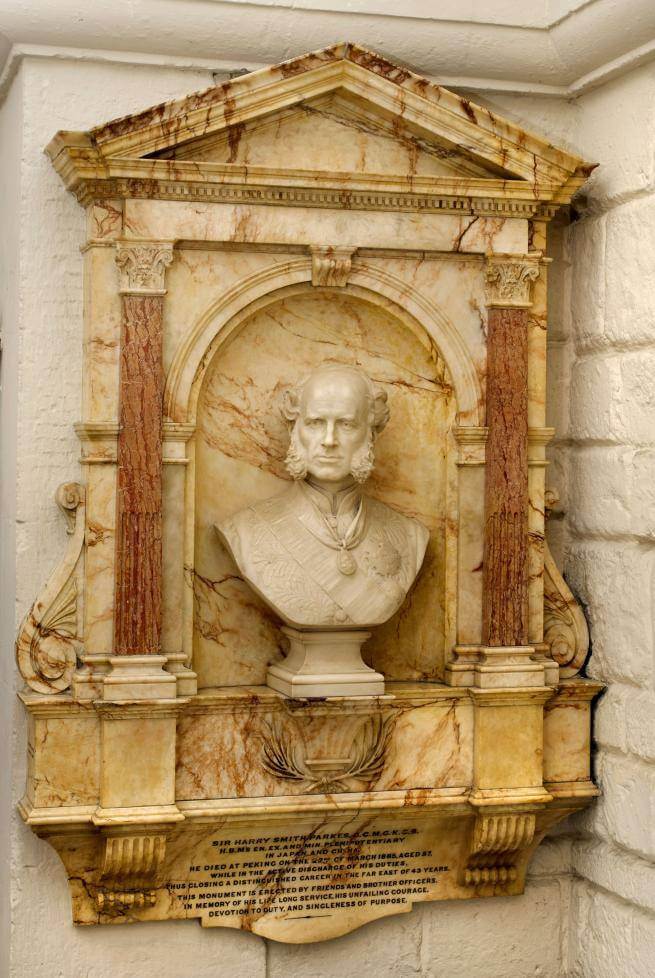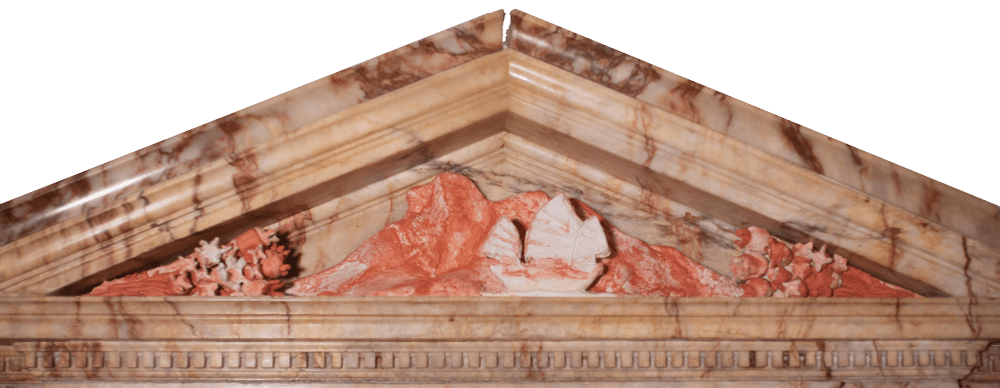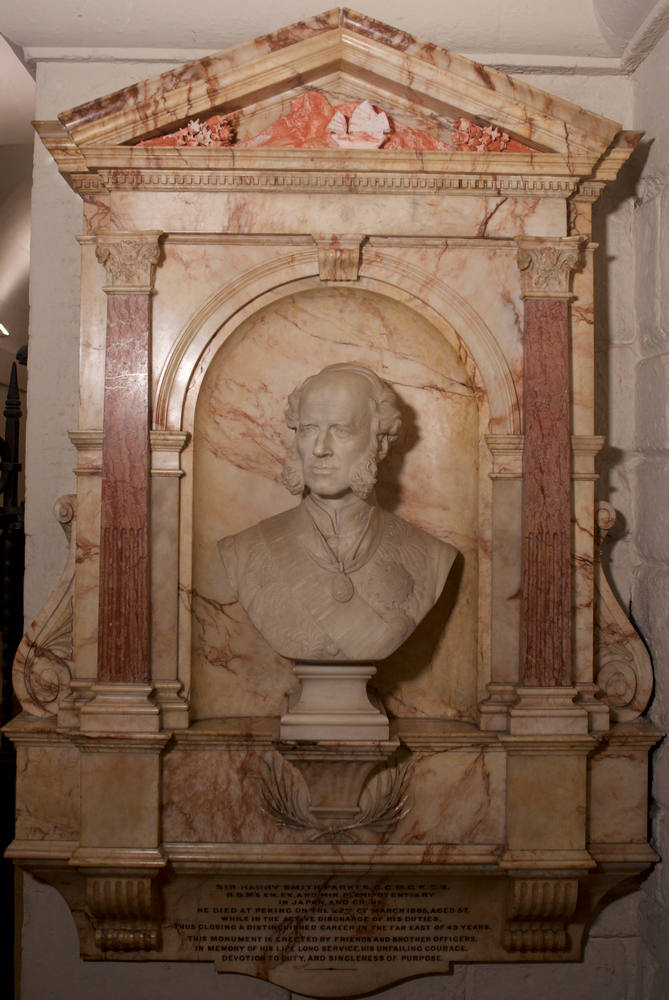Sir Harry Smith Parkes (1828-85)

Image courtesy of Pantheons: Sculpture at St Paul's Cathedral.
Sir Harry Smith Parkes
1828-85
This work is part of The East India Company at St Paul’s: A digital trail produced in collaboration with Stepney Community Trust.
Written by Renie Chow Choy. Renie is a lecturer in Church History at Westcott House, Cambridge, and Community Engagement Manager for historic collections at St Paul’s Cathedral, leading the work with Stepney Community Trust on the East India Company trail.
![]()

The monument
As a young man, Harry Parkes had been present at the signing of the 1842 Treaty of Nanjing following China’s defeat in the First Opium War, by which Britain secured five treaty ports and the possession of Hong Kong Island. But the Treaty had not produced the thing most sought – the legalisation of the opium trade – and years later as Acting Consul in Guangzhou, Parkes became an instrumental figure in persuading Parliament to renew war with China.
When in 1856, a sailing vessel called the Arrow, owned and manned by the Chinese but used by the British, was boarded by Chinese officials in Guangzhou suspecting the crew of smuggling opium into China, Parkes responded with indignation and used the incident as a pretext for a heavy-handed military response. The result was the Arrow War, or the Second Opium War, following which opium trade in China was legalised and the British acquired further territory in the area surrounding Hong Kong. For his ‘singleness of purpose’ in serving the British Crown, Sir Harry Smith Parkes is celebrated in this memorial.
The response
Produced by three generations in my household, this work is conceived as an ‘intervention’ in the sense of inserting – both literally and figuratively – the story of our origins in Guangzhou and Hong Kong into a monumental narrative that implicates yet overlooks us. The artwork is placed into the empty triangular pediment of the monument and comprises three elements sculpted from clay by my children from stories told by their grandparents.
On the sides are garlands of poppy heads, the raw ingredient of the opiate over which Britain went to war with China, and Guangzhou was attacked and occupied. In the centre, the 舢舨 (sampan) boat symbolises Hong Kong’s harbour which transformed a small fishing village into a crucial base for British colonial activity, a fact that explains my family’s ties to the UK. The pediment’s backdrop is the iconic mountain resembling a seated lion overlooking Hong Kong. Owing to its use in a theme song of a popular television series, 獅子山下, ‘Below the Lion Rock’, the mountain has become a symbol of the diligence, perseverance, and resolve of ordinary Hong Kong people.
The creative process
As a way of intervening in the host of conflicted emotions which sensitive histories generate, the process of responding to the Parkes monument was more important to me than the resulting product itself. For example, my children had only known about the poppy in the context of Remembrance Day, oblivious to its function in violent disputes between the country of their ancestors vs. the country of their citizenship. By dispelling ignorance, the journey of historical discovery gave us a feeling of dignity, especially so when shared as an intergenerational experience.
Artmaking itself also constituted a crucial intervention. My children’s playful, if flawed, experimentation with clay offers an important correlative to the vision of authority, mastery, and prestige presented by this marble sculpture by Sir Thomas Brock, the artist best known for his imperial memorial to Queen Victoria in front of Buckingham Palace.
Lastly, on its own, the monument’s presence in this cathedral magnifies the tensions caused by my varied vectors of identification: my Chinese ancestry, my background as a British colonial subject, my immigrant upbringing, my British nationality, my Christian faith.
The opportunity to respond to this monument therefore had a healing and hope-giving effect, because it is an important acknowledgement of the role which my history and my faith play in the story of Britain, and in this place of worship. So the words of this famous song of Hong Kong can actually enrich the meaning of the monument to Sir Harry Parkes, and of its continued presence in St Paul’s Cathedral.
人生中有歡喜 難免亦常有淚
我哋大家 在獅子山下相遇上
總算是歡笑多於唏噓…
放開彼此心中矛盾 理想一起去追
同舟人 誓相隨 無畏更無懼
In life there is joy, but tears are also hard to avoid;
You and I meet below the Lion Rock, and all things considered,
surely we laugh more than we sigh…
Letting go of our discord, together we chase a common dream;
In the same boat we go on together, without fear, without dread.
Lyrics from ‘Below the Lion Rock’ 獅子山下 (1979) by James Wong 黃霑
(Composition and arrangement by Joseph Koo 顧嘉輝, performed by Roman Tam 羅文)
For detailed information about this monument, visit the Pantheons: Sculpture at St Paul's Cathedral website.



The East India Company at St Paul's
Explore the full digital trail produced in collaboration with Stepney Community Trust.




